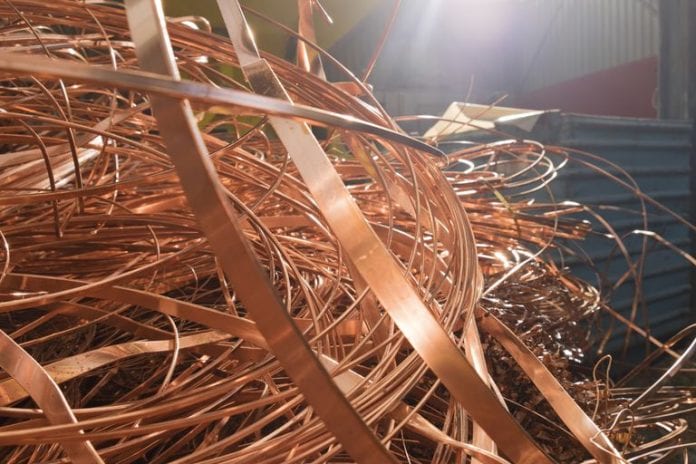Life in today’s world would be a lot more complex without different types of metals. Indeed, people learned to mine them a long time ago. However, many areas that we have today are making progress daily. This especially counts when we talk about metals. The metallurgists create more and more experimental alloys. Because of that, we got some incredible inventions that can be used for different types of purposes.
However, how many people are truly familiar with metals? Many of us probably know a huge number of them. Yet, there are certain interesting facts about this substance that you probably do not know. These facts can give you a clearer picture of how different types of metals are valuable for our lives.
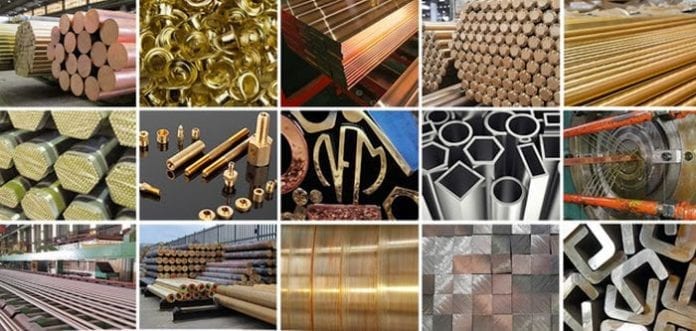
Advantages of Using Metals
As we previously said, people rarely know a bit more information about this subject. They are not aware of the benefits that current metals can bring to their lives. We will highlight the most popular ones and explain their advantages. If you would like more detail about the use cases and benefits of different types of metals, visit https://fastmetals.com/pages/
Aluminum
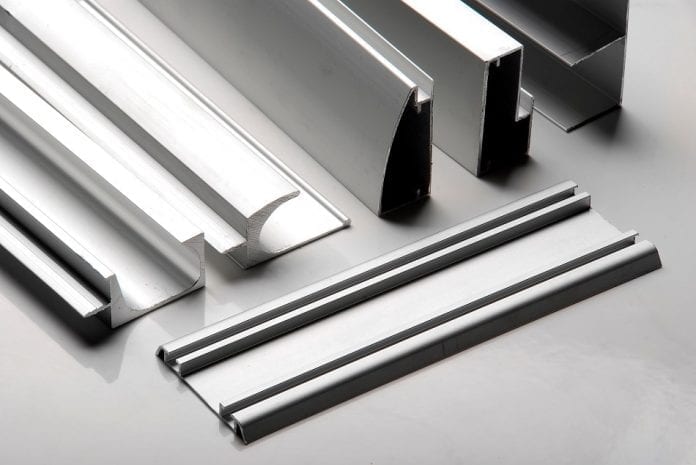
You probably know that aluminum is one of the most abundant metals in the Earth’s crust. Because of that, it is a relatively durable, ductile, and soft metal. People can use it for various purposes. Most commonly, people use it as a thermal and electrical conductor. Also, it can be 100% recyclable without losing the natural qualities.
Bronze
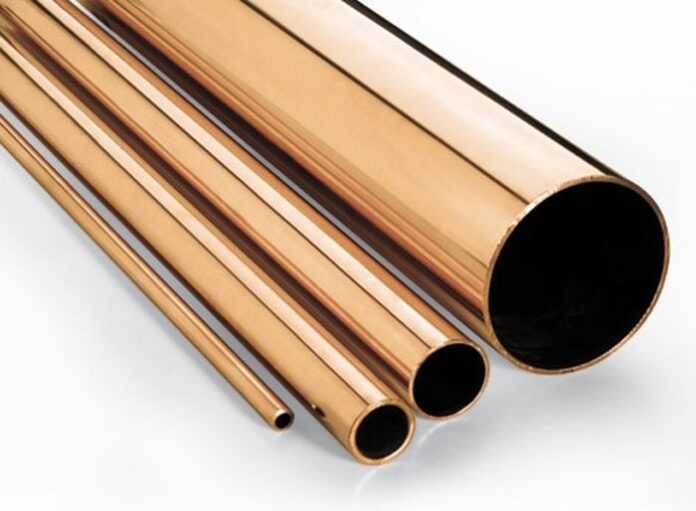
Okay, this type of metal is an allow consisting mainly of copper. Yet, when you mix it with some other metals, it can be much harder compared to the plain cooper. We would like to highlight some of the most important advantages of this metal.
First of all, it can conduct electricity and heat. It does that in a much better way compared to the majority of steels. Despite that, its ability to resist metal fatigue and corrosion is much better. Because of these two features, people are willing to use it often.
Nickel
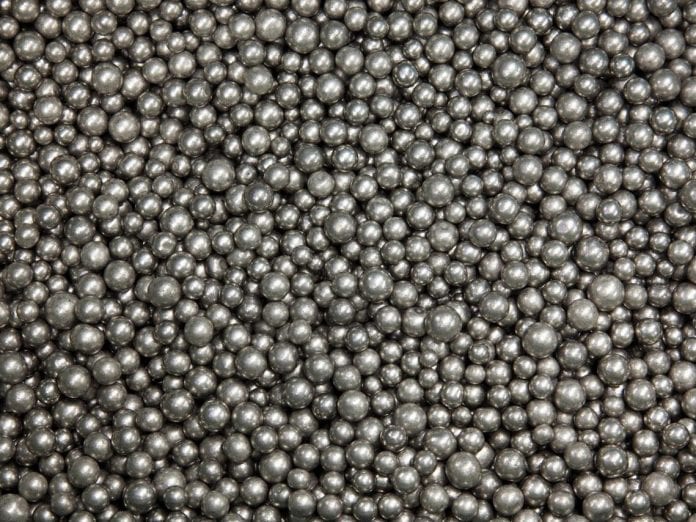
Transition metals are some sort of subcategory of the metals. Well, one of the most popular transition metals is nickel. Primarily we need to say this metal is ductile and hard. It has the strength to resist corrosion because of the slow rate of oxidation at room temperature. Many metals do not have this type of feature. Additionally, it becomes magnetic and it improves the high melting point at room temperature.
Titanium
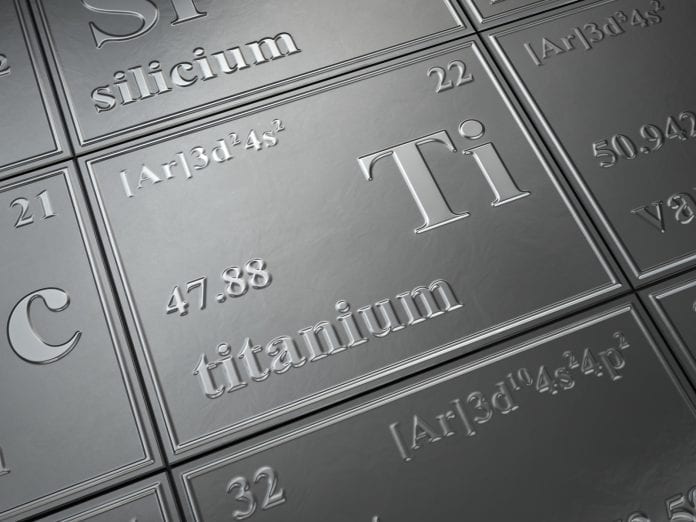
Well, titanium is not one of the most popular metals among people. More precisely, people are usually not familiar with the features of this sort of metal. We will start with the most important piece of information that you should know. It is the metal with the highest strength-to-density ratio of any metallic element. In other words, it is strong as some steels, but the dense is at a much lower level.
Despite that, its melting point is truly high and can reach more than 1650 degrees Celsius. Because of this powerful feature, titanium is useful as a refractory metal. Despite that, it is one of the paramagnetic types of metal that provides low thermal and electrical conductivity.
Okay, now when we mentioned the advantages of current metals, let’s get to the point, there are some interesting facts about metal that will surprise you. Let’s find them out together.
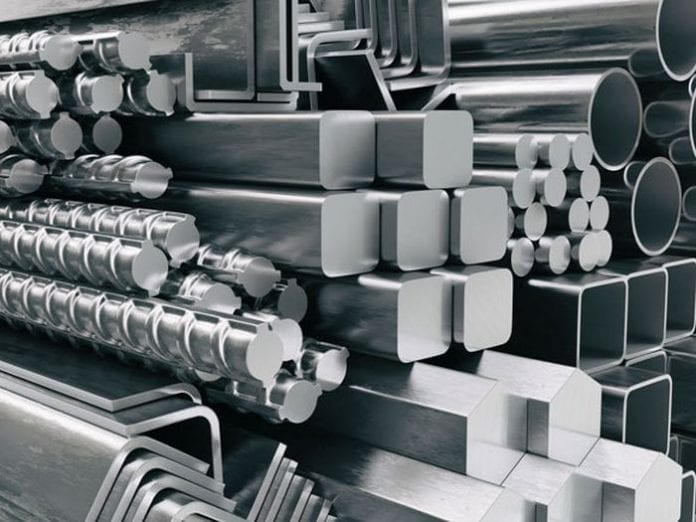
- Only 7% of titanium mined in the world is used in mechanical engineering. 13% of titanium goes to paper production, 20% – to plastic production, and 60% – to paint production.
- The most expensive flatware of Napoleon III was made of aluminum – a new and unusual metal at that time. They were served at gala dinners only to the emperor and the most honored guests. Other guests used flatware made of ordinary gold and silver.
- A famous Swiss company called “Valcambi” specializes in precious metal processing and produces bars of silver, gold, palladium, and platinum in the form of a chocolate bar. These “chocolates” can be easily broken into separate squares, so you can present someone a small piece of bar weighing 1 gram or use it to pay for something.
- Olympic gold medals are made of silver. According to the International Olympic Committee, the most important sporting awards can be covered with a minimum of 6 grams of gold, that’s all.
- Stainless steel was invented to protect guns from corrosion. In the early 20th century, an English metallurgist Harry Brearly accidentally noticed that with an increase in the chromium content in the metal alloy, the metal becomes less susceptible to corrosion. Thus, Brearly discovered stainless steel, which later became commonly used in the manufacture of household items and tools. If you want to know more about corrosion-resistant metals, find out about galvanized steel pipe on metinvestholding.com
- Some alloys have a shape memory effect. An example of such a metal alloy is nitinol which consists of 45% titanium and 55% nickel. Thanks to an extraordinary internal structure called martensite, a deformed product from the nitinol alloy take on its shape again when heated to a particular temperature.
- Metal with the highest melting point is tungsten. To melt it, you need a temperature of +3,420 degrees Celsius. For comparison, the temperature of the Sun surface is 6,000 degrees.
- Aluminum oxide heated to 2,200 degrees Celsius turns into an artificial sapphire.
- The only metal that can maintain a liquid state at room temperature is mercury.
- Mercury easily destroys the surface film of aluminum oxide, without which aluminum is rapidly oxidized in air. That is why mercury cannot be transported on airplanes: if mercury spills over aboard, it can make a hole in the fuselage.
- As you know, the Earth’s atmosphere contains oxygen, which oxidizes metals. A thin layer of oxidation covers the entire piece of metal, creating a kind of protective film on it. But if you take 2 pieces of metal in a space vacuum and attach them to each other, they will stick together. It happens due to the absence of the oxidized film that acts as a barrier, and so, metal atoms can interact freely.
- The biggest piece of ever discovered pure iron weighs 66 tons. This is all that remained of a meteoric stone that once fell on the African country of Namibia.
- Steel and iron expand when heated. Thus, the Eiffel Tower is 15 centimeters higher in summer than in winter.
- A great number of scientists consider that the incandescent planetary core is 80-90% composed of molten iron, which is subjected to tremendous pressure.
- About 80% of all copper products are recycled and reused, as this metal is too expensive to simply throw it away after the usage.
